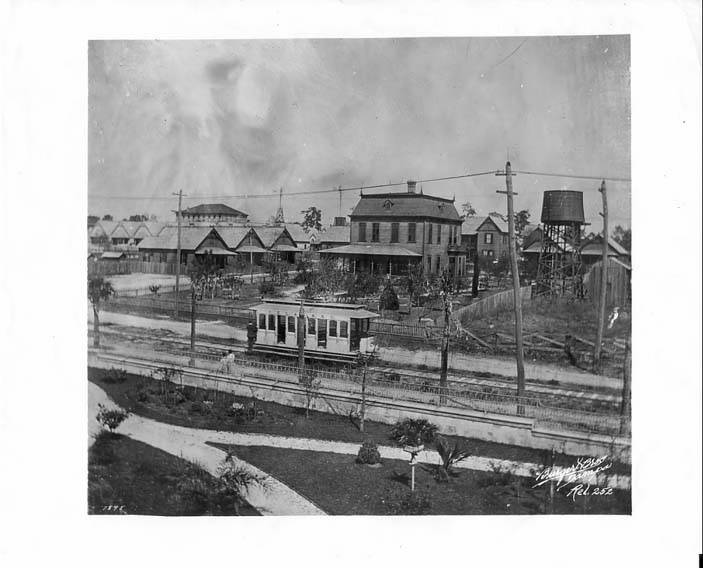In 2025, Ybor City marks its 140th anniversary, a milestone that celebrates more than just time—it honors a neighborhood that has shaped Tampa’s identity, culture, and economy for well over a century. Founded in 1885 by Spanish cigar magnate Vicente Martínez-Ybor, this vibrant district transformed from swampland into a bustling hub of industry, immigration, and culture that continues to leave its mark today.
The Birth of a Cigar Capital
Ybor City began as a bold vision. Vicente Martínez-Ybor relocated his cigar operations from Key West to Tampa, lured by land incentives and access to Henry Plant’s new railroad. Soon, Ybor and fellow cigar entrepreneurs built factories that would make Tampa the “Cigar Capital of the World.”
By the early 20th century, Ybor City’s red-brick factories produced hundreds of millions of cigars annually, fueling an economic boom and attracting immigrants from Spain, Cuba, Italy, Germany, and Eastern Europe. Each community brought traditions, foods, and values that blended to form a unique cultural mosaic still visible in Ybor today.
A Melting Pot of Cultures and Ideas
What set Ybor apart wasn’t just cigars—it was its people. Immigrants founded mutual aid societies such as L’Unione Italiana, El Círculo Cubano, and El Centro Asturiano, which provided healthcare, education, and social activities long before government programs existed. These institutions built strong bonds within the community and set a precedent for grassroots civic engagement.
Ybor also became a hub of intellectual and political discourse. The lector tradition—in which a reader would narrate newspapers, novels, and political essays to workers in the factories—fostered a highly informed workforce that actively participated in social and political causes, including Cuban independence.
From Boom to Decline and Revival
Like many historic districts, Ybor City has seen cycles of prosperity and struggle. As the cigar industry declined mid-20th century, many families moved to Tampa’s suburbs, and the neighborhood suffered from disinvestment and urban renewal projects that displaced residents.
Yet, beginning in the 1980s, Ybor began a revival. Artists, entrepreneurs, and preservationists embraced its historic architecture and cultural richness, leading to its designation as a National Historic Landmark District in 1990. Today, Ybor balances its nightlife reputation with cultural preservation, tourism, and renewed investment in residential and commercial projects.
Ybor City Today: A Living Legacy
Now 140 years old, Ybor City remains one of Tampa’s most iconic neighborhoods. Visitors stroll along 7th Avenue, named one of “America’s Great Streets,” enjoying Cuban sandwiches, café con leche, and hand-rolled cigars while experiencing its blend of old-world charm and modern vibrancy.
The area also continues to honor its immigrant roots. Annual celebrations like the Festa Italiana, Cuban Sandwich Festival, and Bocce Ball tournaments keep traditions alive, while museums and cultural centers preserve its history for future generations.
As Tampa grows into a global city, Ybor remains its cultural heart—a living reminder that the city’s strength comes from its diversity, resilience, and community spirit.
Looking Ahead: The Next Chapter
Ybor City at 140 is not just looking back—it is looking forward. With new developments, historic preservation efforts, and ongoing community engagement, Ybor stands at the intersection of tradition and progress. Its story is far from over; it is still being written by every resident, business, and visitor who walks its storied streets.
✨ From cigar smoke to cultural renaissance, Ybor City’s 140 years remind us that neighborhoods are more than geography—they are the soul of a community.


